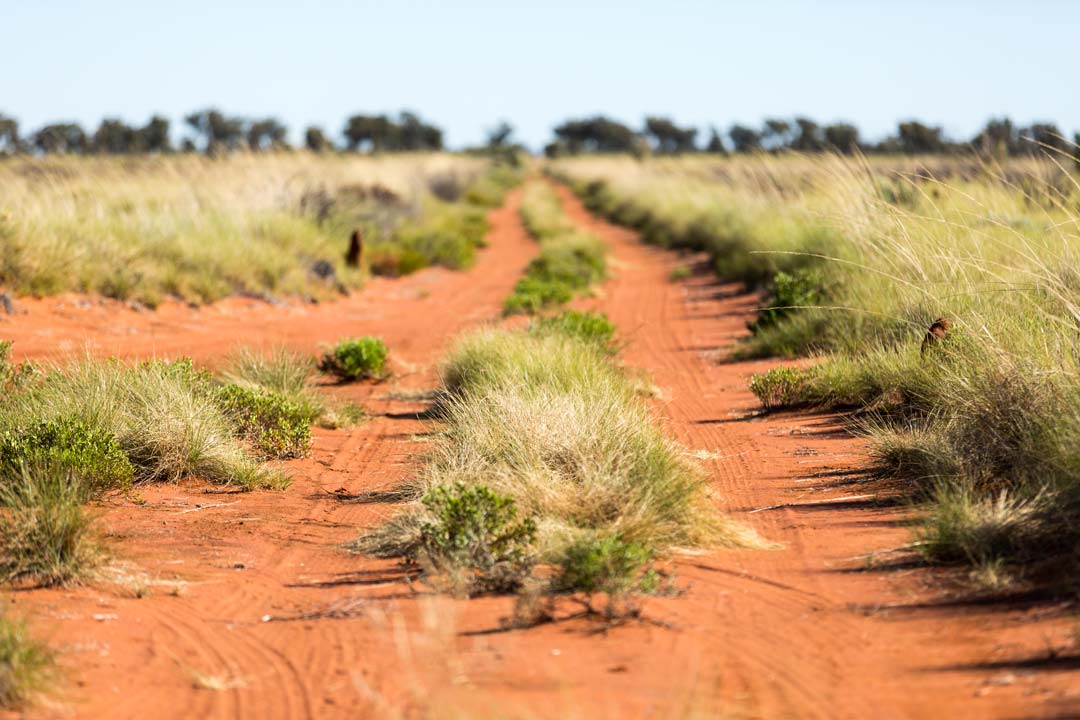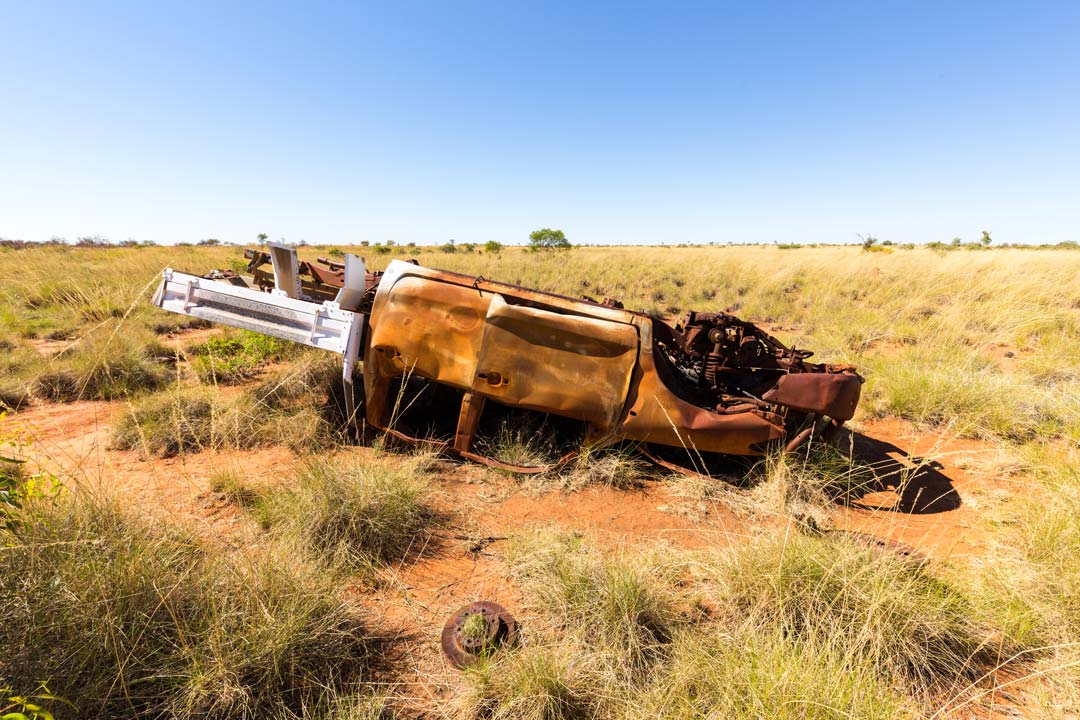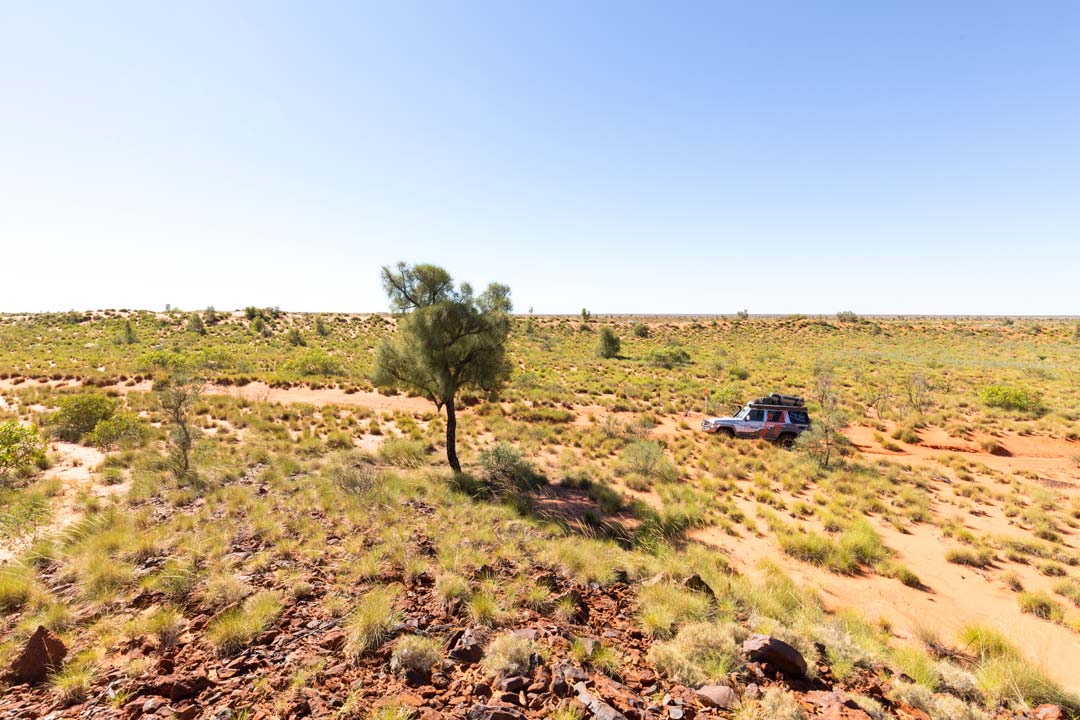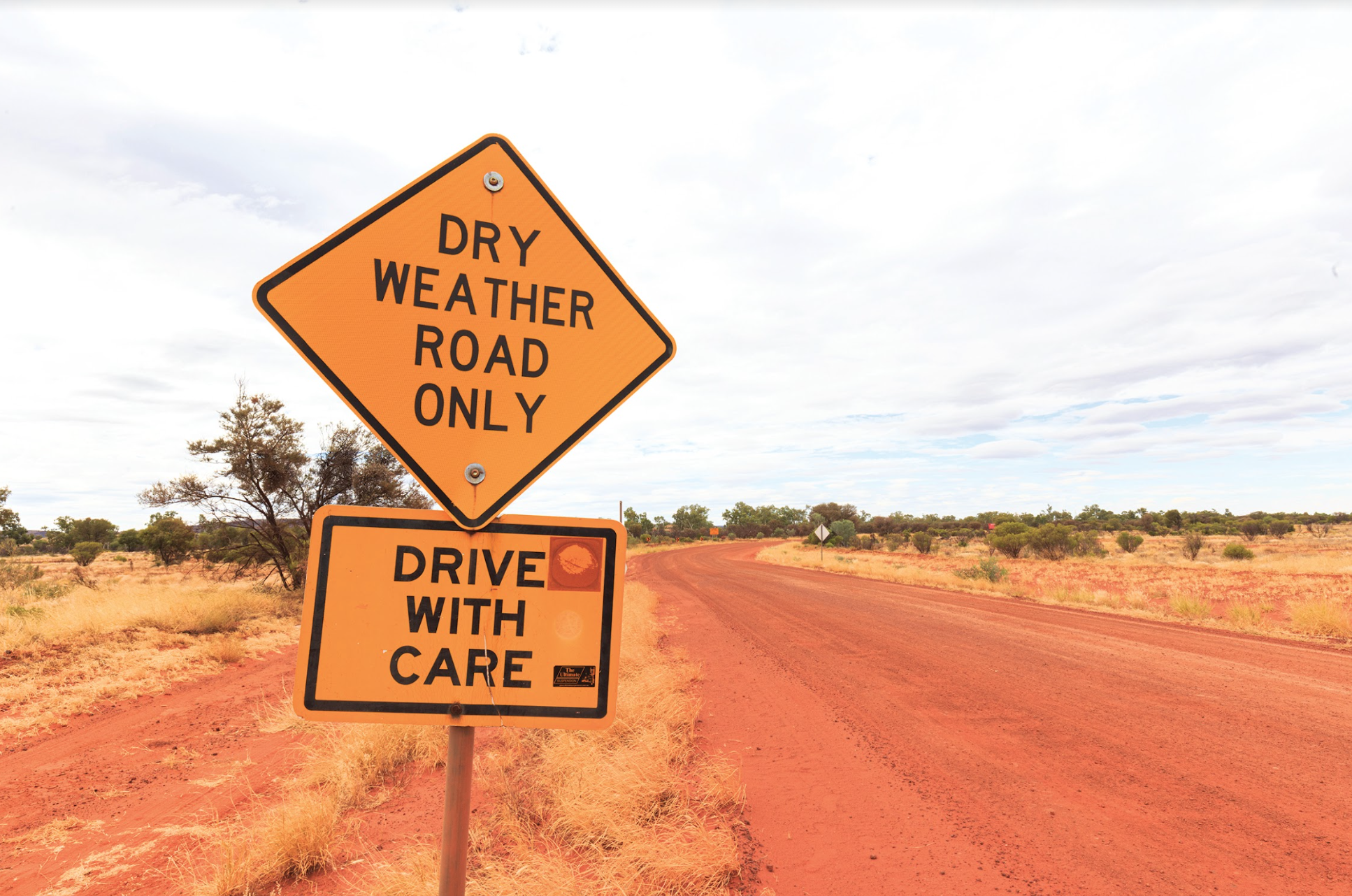:
What to Do When You Breakdown in the Outback
 Having a vehicular breakdown on the highway is an annoyance, but breaking down in the Outback can be fatal. Be prepared for the unexpected next time you breakdown off the beaten track with these insightful tips.
Having a vehicular breakdown on the highway is an annoyance, but breaking down in the Outback can be fatal. Be prepared for the unexpected next time you breakdown off the beaten track with these insightful tips.
For many off-road travellers, the allure of the Outback is its remoteness, rugged landscape and the challenge it presents to traverse. Those drawcards, however, are also what makes the Outback a dangerous place to have your vehicle breakdown. With less than 4% of Australians living in this region, terrain inhospitable and temperatures ranging from 50 degrees Celsius to below freezing across a 24-hour period, it pays to be prepared if you’re travelling in the Outback – no matter how slim you may think the chance of a break down is.
 Stay calm and make a cuppa
Stay calm and make a cuppa
The moment your vehicle breaks down, it’s tempting to get under the hood or body to ascertain the problem and immediately find a solution. However, while it may sound counterintuitive, it’s often better to give yourself a moment and take stock of the situation before jumping in and looking to problem-solve. Breaking down is a stressful situation which will drain your energy and skew your judgement, so interrupting that heightened and agitated mindset is incredibly important.
As long as the issue does not require immediate attention, it’s best to take a break – create some shade, make a cup of tea and do your best to relax – to calm yourself, allowing you to make good decisions without burning through your physical energy reserves from anxiety or panic.
Keep spare parts and tools even if you don't have the know-how
Knowing exactly how to diagnose and then fix mechanical and electrical problems is a skill many travellers simply do not have, which means it’s common for tools and spares to be forgotten in trip preparation. While your own hopes of fixing a problem may be non-existent, there’s a good chance the next traveller to come along has more knowledge than you do – which is why it’s vital to carry spare parts and tools, even if you don’t know how to wield them. While Outback travellers are a friendly bunch, and many of them are skilled mechanically, none of them can help you if you don’t help yourself first.


 Pack a panic box before your trip
Pack a panic box before your trip
The reality of a breakdown can be a highly stressful situation, which can lead you to forget action plans and make poor decisions in the heat of the moment. For this reason in particular, packing a ‘panic box’ full of necessary items to help automate your emergency procedures is highly recommended. Ideally, this box should include: a complete first aid kit, a Personal Locator Beacon (PLB) or satellite phone for communications, emergency food and water, a torch for light, waterproof matches to light a fire if necessary, a small tarp for additional shelter, a multi tool and a signal mirror. Worst case scenario, if you experience a vehicle fire and need to evacuate as quickly as possible, a properly prepared panic box can make a world of difference.
Don’t leave your vehicle
The majority of deaths in the Outback are a result of people straying too far from their vehicle in a bid to find help. Whether a calculated assessment or a risky attempt at taking charge of the situation, leaving your vehicle is almost never the correct choice. Not only does a vehicle provide shelter from the elements and save you from exposure, it also is much easier to find than a small moving target like a person.
 Start thinking in the long term
Start thinking in the long term
Everyone who breaks down in the Outback is hoping to get up and running as quickly as possible – but don’t count on it. If you’re relying on your own knowledge or passers-by when you breakdown in a highly remote area, and don’t have the means to contact someone for help (sat phone, PLB or somesuch device), it’s best to err on the side of safety by preparing for an extended stay. Take stock of any food and water you have, ensure it is properly rationed between any occupants, and try to keep everyone healthy by reducing sun exposure and looking out for signs of dehydration. If you’re on a family trip, these points are particularly salient, as children dehydrate quicker, and the last thing you need when you’re stuck is the added pressure of someone in poor health.
Someone should know where you are
Before any remote area travel, it's imperative to have someone at home who knows where you are to a degree of certainty. Compile an accurate itinerary with emergency contacts, a schedule of times or places you intend to 'check-in' with your contact back home, set rules on when they should contact emergency services if they don't hear from you, and create one copy for you and one for your contact to keep with them. Having someone in civilisation who can send out an SOS on your behalf if you don't check in - and has knowledge of where you are supposed to be - is an effort worth making for your own safety and the peace of mind of loved ones.
Explore Outback Australia with these maps & navigation products:
Hema HX-1 Navigator
Hema Explorer App
Great Desert Tracks Atlas & Guide
Great Desert Tracks Map Pack










0 comments